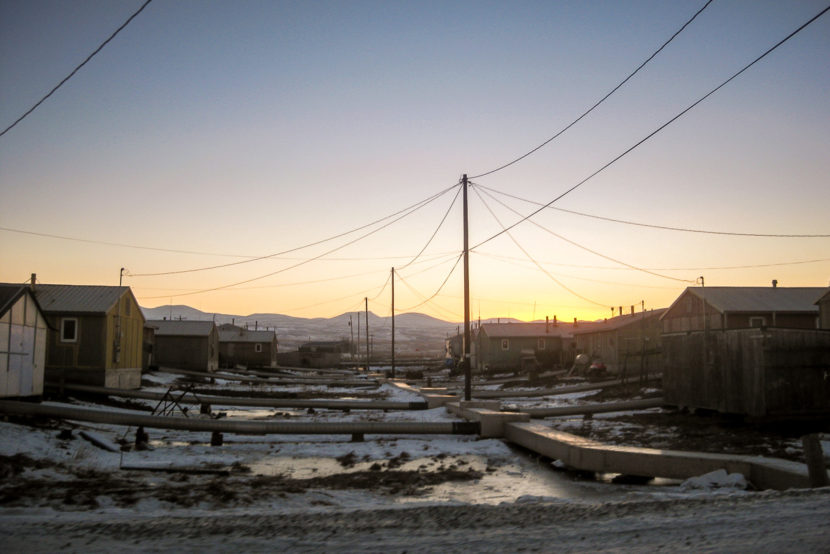
State officials heard from residents and groups on St. Lawrence Island in the Bering Sea in a first of its kind meeting to address housing overcrowding and affordability in rural Alaska.
Republican Sen. Lisa Murkowski chaired the hearing in Savoonga, saying about 27 percent of households in Alaska’s Bering Strait region are classified as overcrowded or severely overcrowded, KTVA-TV reported Monday.
The area’s overcrowding is more than 4.3 times higher than the statewide average and more than 8.3 times the national average, Murkowski said. Overcrowding is also higher among American Indian and Alaska Native households.
“I think it is important to point out that overcrowding in Indian Country is often the expression of what is actually homelessness, with families taking in relatives or community members who otherwise could not find affordable housing options,” Murkowski said. “It is not uncommon for a household in rural Alaska to have multiple generations or multiple families living in them.”
Homelessness in Savoonga can be deadly because of the severe winters, so many families live in overcrowded conditions rather than risk lives, said Christopher Kolerok, president and CEO of the Bering Straits Regional Housing Authority.
“Overcrowded housing and the lack of housing are interchangeable conditions in rural Alaska,” Kolerok said. “The lack of safe, sanitary and affordable housing threatens the survival of Native cultures and the villages and towns many Alaska Natives call home. For American Indians and Alaska Natives, overcrowded housing is a manifestation of what would be unsheltered homelessness in other parts of the country.”
From 2006 to 2010, American Indian and Alaska Native people had a poverty rate and an unemployment rate about twice as high as the national averages, said Greg Stucky, administrator of the Alaska Office of Native American Programs.
During the same time span, people living in tribal areas were more than seven times as likely to live in housing that was overcrowded and more than four times as likely to live in housing that did not have adequate living standards, he said.
___
Information from: KTVA-TV, http://www.ktva.com
